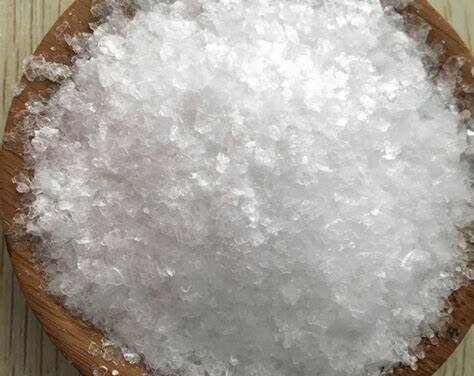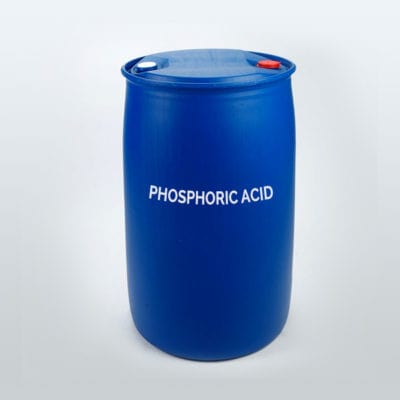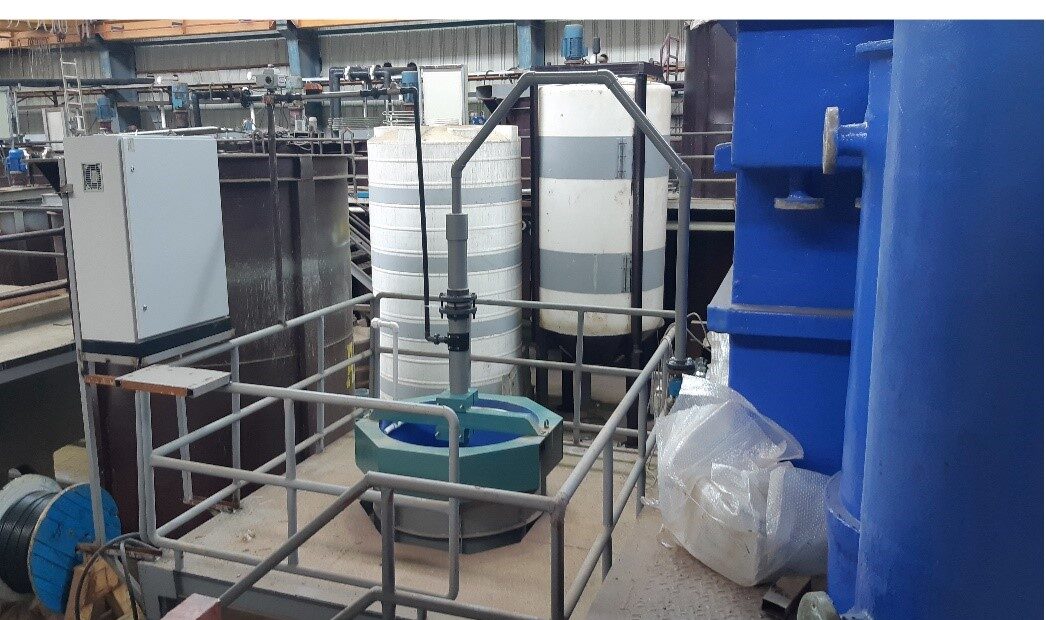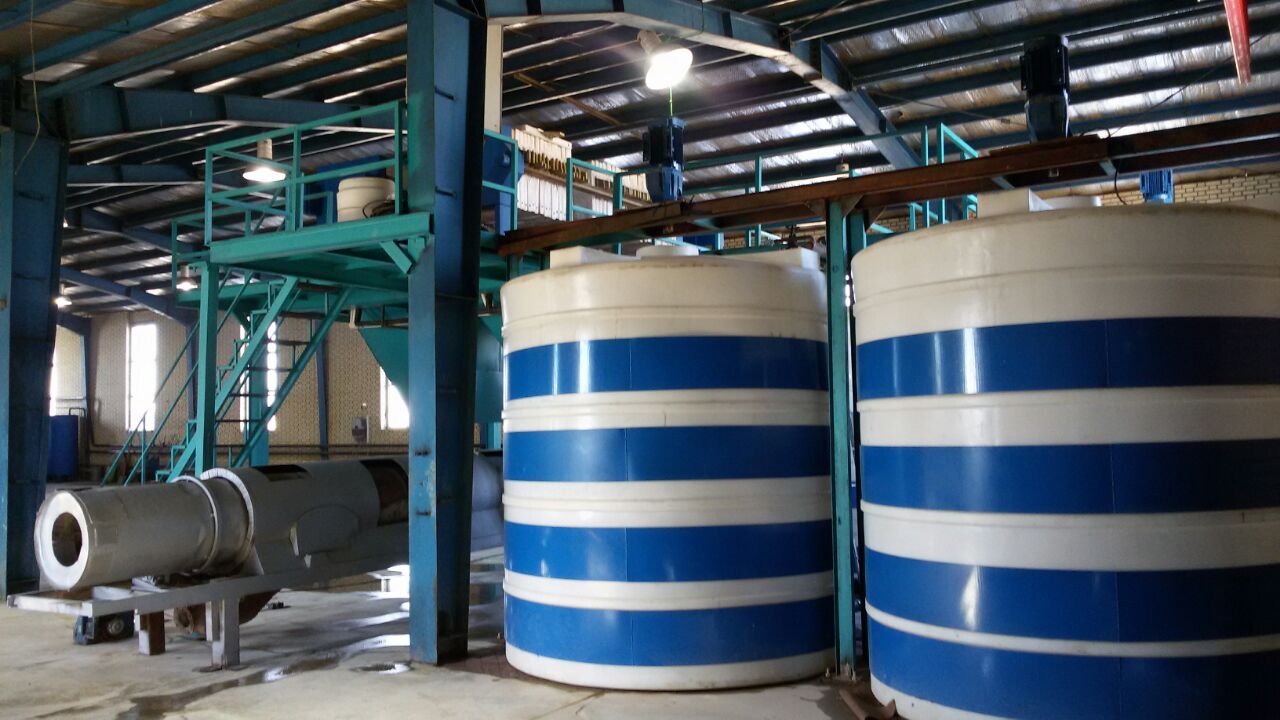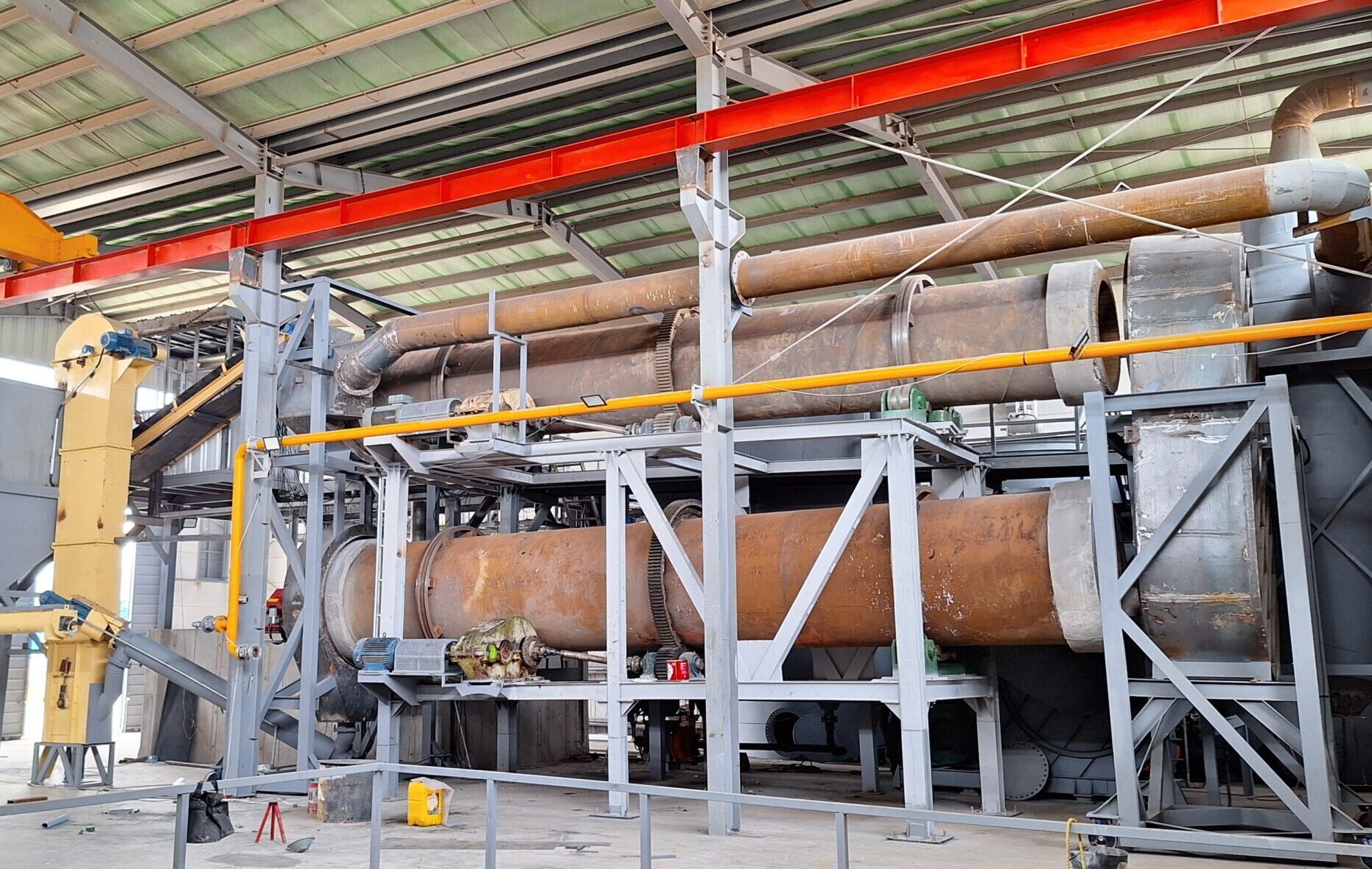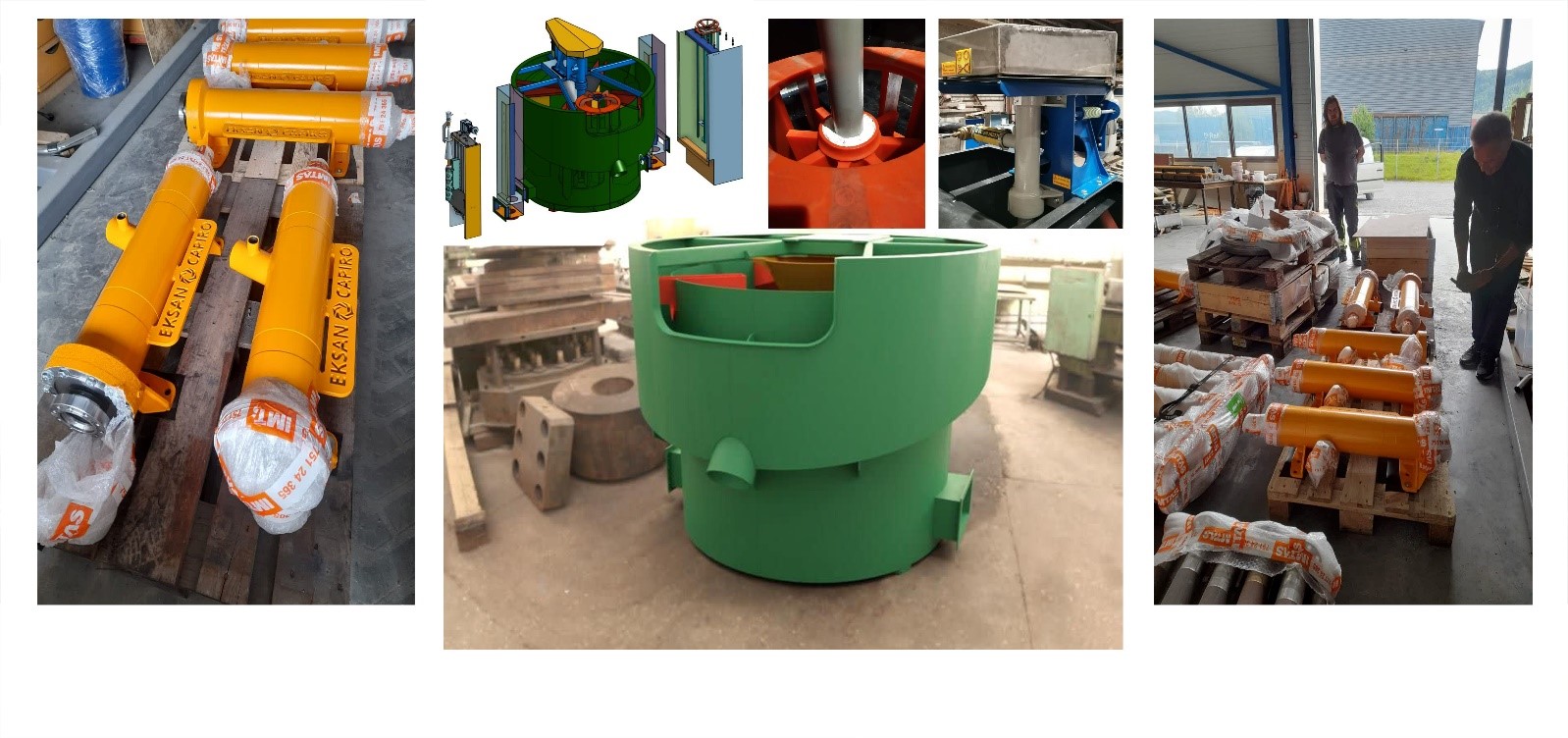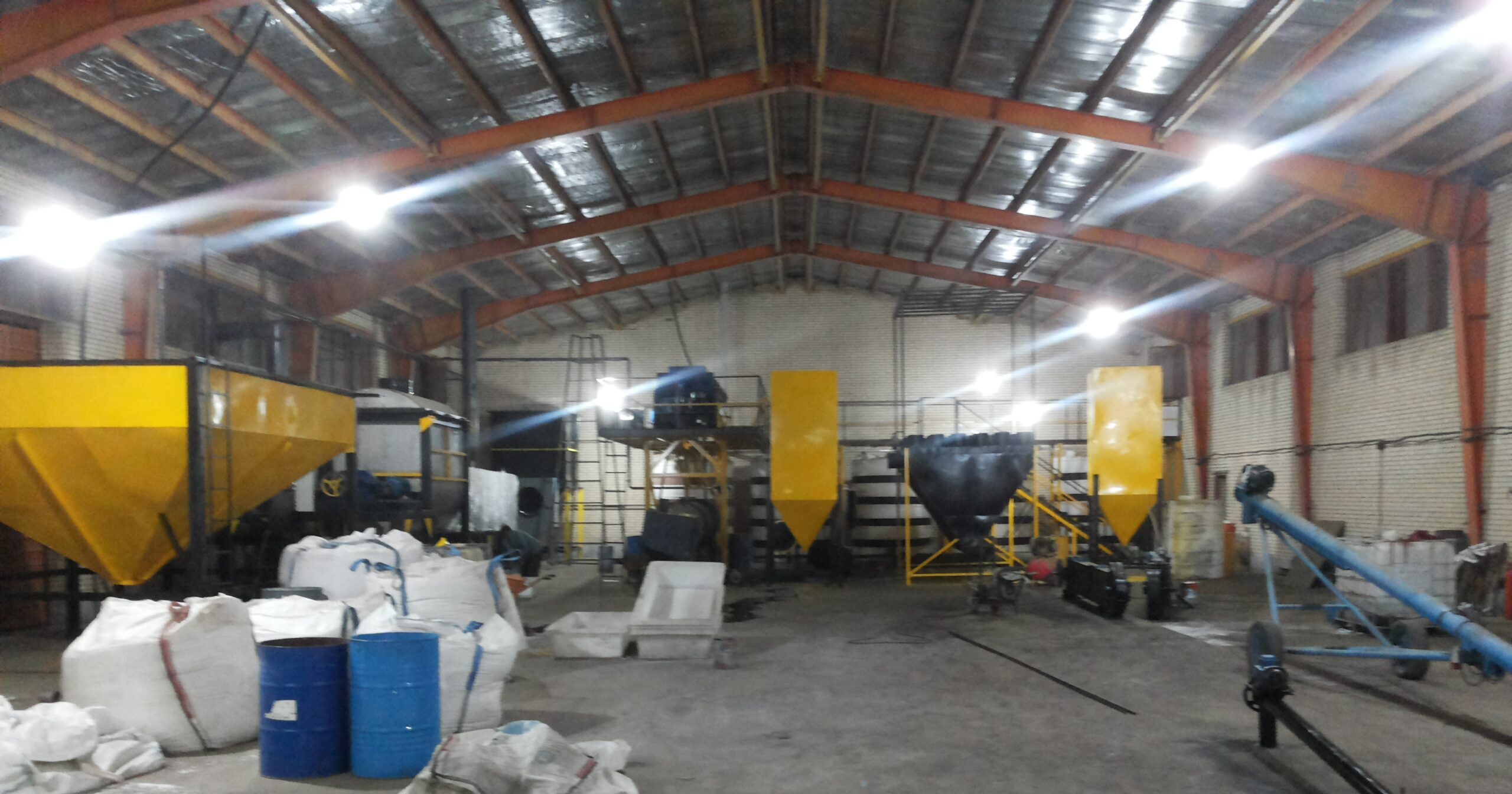Phosphorus is a chemical element with the symbol P and atomic number 15. Phosphorus exists in two main forms: white phosphorus and red phosphorus. However, because it is highly reactive, phosphorus is never found as a free element on Earth. Its concentration in the Earth’s crust is about one gram per kilogram (compared to copper, which has a concentration of around 0.06 grams per kilogram). In minerals, phosphorus appears as phosphates.
Phosphorus is recognized as one of the essential nutrients for plants (the most limiting nutrient after nitrogen), and the majority of phosphorus production is used to manufacture concentrated phosphoric acids for the production of chemical fertilizers, which contain 50 to 54% phosphorus pentoxide (P₂O₅). This has led to increased consumption of this product, which in turn has driven up phosphate (PO₄³⁻) production in the latter half of the 20th century. The use of phosphate fertilizers in agriculture is indispensable due to the need for higher crop yields driven by growing population and increased consumption. Phosphorus plays a positive role in plants by aiding in energy transfer, root and stem strength, photosynthesis, root development, seed and flower formation, and other factors crucial to the overall health and genetics of the plant.
Phosphorus in Nature
Phosphate minerals occur in various forms in nature, but the most accessible and economically viable phosphate mineral is apatite. The largest mined reserves of phosphorus include fluorapatite, chlorapatite, and hydroxyapatite.
Phosphoric acid (H₃PO₄):
Phosphoric acid (H₃PO₄), also known as orthophosphoric acid or phosphoric (V) acid, is a weak acid with the chemical formula H₃PO₄. This acid is produced in three grades, which, in order of purity, are:
- Raw phosphoric acid
- Top of Form
- Bottom of Form
- Industrial phosphoric acid
- Food-grade phosphoric acid
Top of Form
Bottom of Form
Top of Form
Bottom of Form
Industrial and food-grade phosphoric acid is produced from the purification of crude phosphoric acid. Currently, at least 30 types of phosphoric acid derivatives are used in the country, with the most important ones being ammonium phosphate fertilizers, superphosphate of lime, tripolyphosphate, and calcium and sodium phosphates. Crude phosphoric acid is typically produced by the chemical reaction of sulfuric acid with phosphate rock and is then converted into industrial and food-grade phosphoric acid in purification units.
Applications and Uses of Phosphoric Acid:
In general, phosphoric acid is used in the following applications:
- Chemical Fertilizers
- Animal feed and poultry
- Cleaning agents
- Food additives
- Medicine
Top of Form
Bottom of Form
Top of Form
Bottom of Form
Chemical Fertilizers
The largest use of phosphoric acid is for the production of ammonium phosphate fertilizers. Ammonium phosphates are inorganic salts obtained from the reaction between ammonia and phosphoric acid. These salts are produced in both solid and liquid forms and may include orthophosphates (usually in solid form) and polyphosphates (typically in liquid form). Approximately 98% of ammonium phosphates are consumed in the production of chemical fertilizers.
- Di-ammonium phosphate (DAP)
- Mono-ammonium phosphate (MAP)
- Solid phosphatic chemical fertilizers
- Chemical fertilizers and liquid ammonium phosphates
The Faramine Asia industrial and Mining Group is capable of providing services such as consultation and order placement for the production of this product. Please use the contact section to get in touch.



